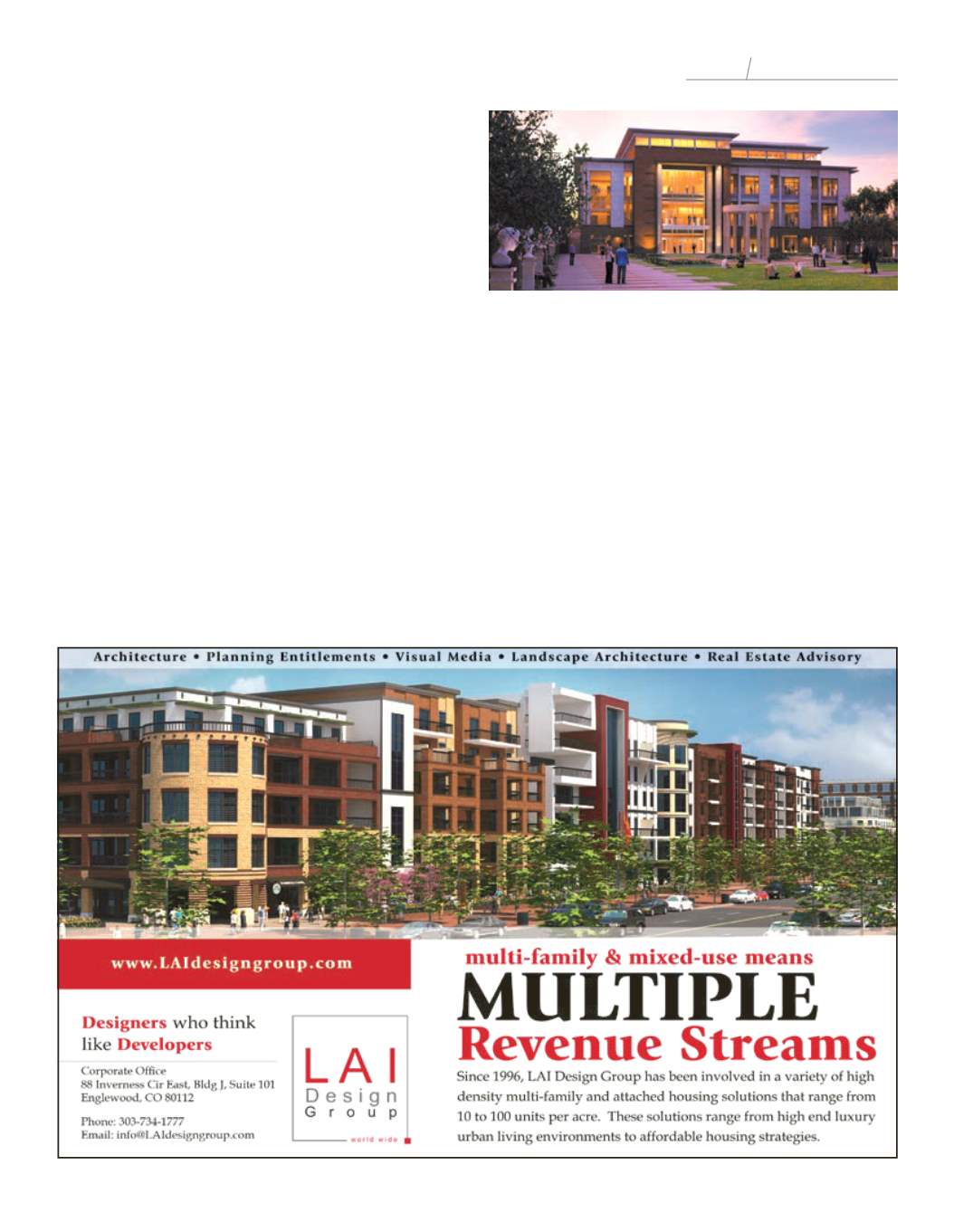
SEPTEMBER 2015 \ BUILDING DIALOGUE \
35
• Tactical – Daily detailed planning of sequence and scope of
work to be performed.
This multilevel approach is extremely successful at deliver-
ing projects on-time and budget.
Elimination of Waste
How it benefits your project: by allocating resources in the
right place at the right time.
A construction project is like a row of dominoes. If each part
and piece is placed in the right order, then all the pieces work
exactly like they should when put into motion. However, if
one domino is set in the wrong location, it can interfere with
the function of the entire system.
In construction, workflows for developing project plans and
sequences are as important as the physical work teams put
in place. This makes it critical to ensure that teams are using
their time and resources efficiently. Pull planning and loca-
tion-based scheduling are helpful tools to examine where re-
sources are required and compare themwith detailed weekly
workplans that outlinewhat work is being performed. This al-
lows a team to “eliminate waste” by rearranging the sequence
of work so it is performed in the most efficient manner. This
ensures all resources are in the right place at the right time,
and that dependent activities happen in the correct order.
Just-in-Time Delivery
How it benefits your project: by thoughtfully managing
construction materials on site.
Constantly moving materials around a job site can poten-
tially create an excess of waste and impact productivity. In an
effort to mitigate this, it is helpful to identify a champion on
each project to collaboratively work with trade partners to
identify the most accessible and productive spot in a given
area or phase to store materials so they don’t get in the way of
ongoing construction. It is also important to take the time to
review storage areas with construction trades both after deliv-
eries and during actual construction. This partnering allows a
project team to make smart and timely decisions to keep all
parties productive and mitigate wasted efforts.
By implementing LEAN practices on every project, contrac-
tors will better adapt to changing roles and responsibilities,
and position themselves to offer solutions not just services.
\\
It is a new $78 millionMarybelle and Sebastian P. Musco Center
for the Arts at Chapman University in Orange, California. The
28-month-longprojectincludesconstructionofan88,142-square-
foot facility to house a multipurpose Proscenium-style theatre
hall with just under 1,050 seats, rehearsal space, performer and
support space, storage and administrative offices.
TRENDS
in Construction


